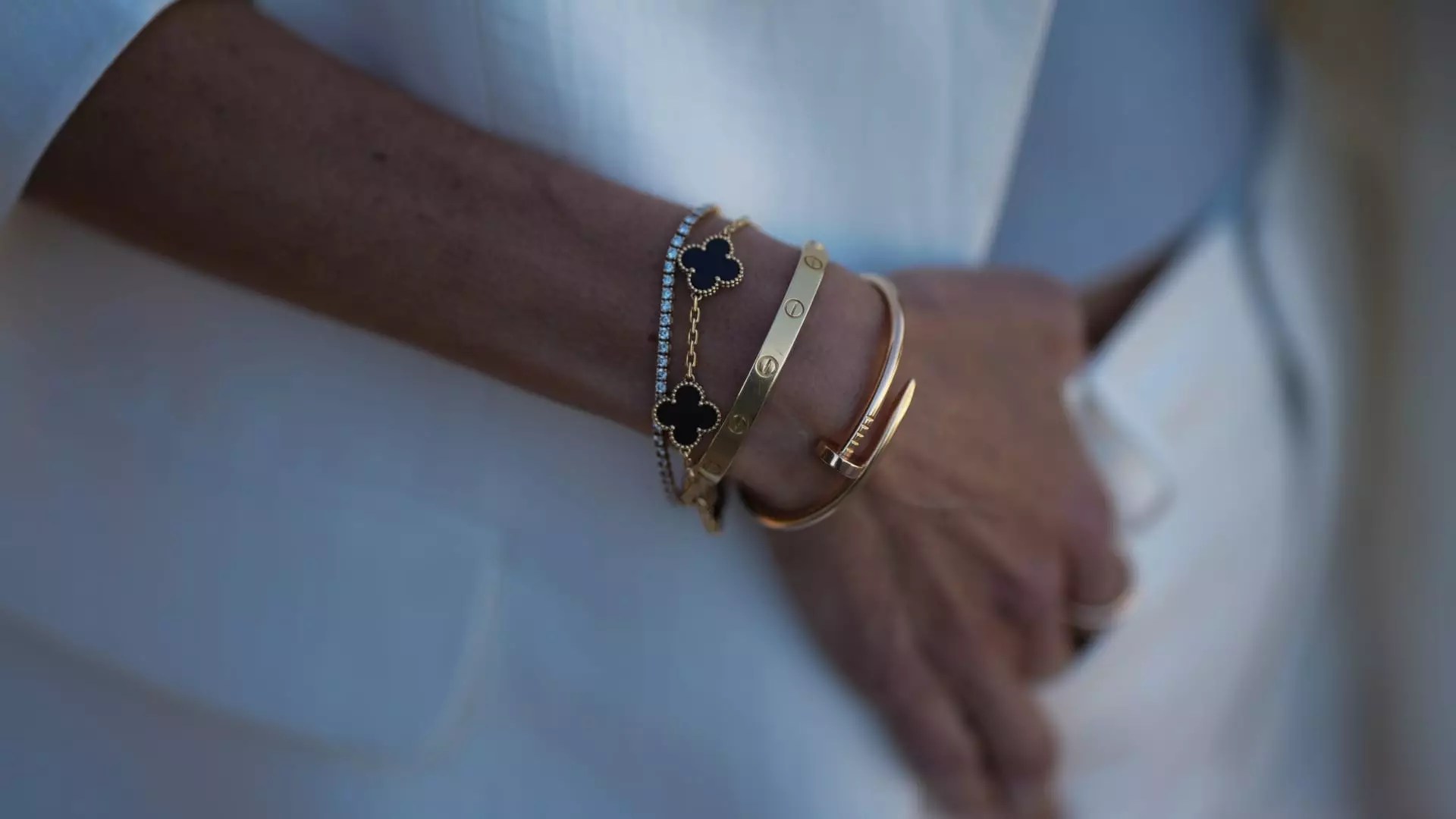For years, the allure of luxury retail has been interwoven with notions of indestructibility—an unshakeable pillar of wealth and status. But the recent data, rather than confirming a vibrant comeback, paints a starkly different picture. Expecting 2025 to be a renaissance year based on the previous quarter’s holiday figures and palpable consumer optimism was overly optimistic. Instead, the luxury market confronts a sobering reality: U.S. credit card expenditures on high-end goods are falling, challenging the narrative of an enduring luxury boom. This decline is not just a statistical blip but an indicator of shifting consumer confidence, economic strain, and an emerging skepticism about luxury’s role as an investment and status symbol.
The May data offers a faint glimmer of resilience, yet it does little to dispel the prevailing unease. A mere 1.7% decline year over year in luxury spending, contrasted with sharper drops earlier this year, underscores a market struggling with its narrative of invincibility. The optimistic uptick in the top-tier brands’ sales—Hermès inching slightly ahead—reflects not a revolution but a fragile flicker amid an increasingly uncertain landscape. The once-firm assumption that luxury is immune to macroeconomic headwinds is rapidly unraveling, exposing vulnerabilities in an industry that has long relied on perception more than reality.
Jewelry Sparks a Shift in Luxury Consumption
While some sectors of luxury are faltering, jewelry remains a glaring anomaly—an emblem of durability and emotional resonance amid the chaos. Its consistent monthly growth since September, culminating in a 10.1% increase in May compared to last year, suggests a deeper shift in buyer priorities. Jewelry, more than any other luxury category, is being perceived as a tangible store of value—an alternative to mutable fashion trends or fleeting handbag fads. This pivot towards jewelry as an investment echoes a broader societal sentiment: in uncertain times, consumers crave permanence and meaning.
Remarkably, jewelry buyers are not only spending more but also choosing to retain a larger segment of their high-end jewelry clientele. The 2.7% attrition of high-end jewelry customers is balanced by an 11.7% increase in per-customer spend among remaining clients. This indicates a recalibration; consumers are focusing on meaningful acquisitions rather than disposable luxury, mirroring a more conservative approach to wealth and possessions.
The perception of jewelry as an intrinsic investment—particularly when gold prices soar—adds a compelling layer to this trend. Jewelry brands like Cartier are capitalizing on market conditions by increasing prices modestly against the backdrop of a 25% surge in gold prices. This strategy makes jewelry appear more like an economic hedge than a mere statement of style, aligning luxury spending with financial prudence. It’s a subtle but powerful shift away from fashion-driven consumption towards a belief in lasting value—a sentiment that conservative economic skepticism may be fueling.
The Fluctuating Outlook on Accessories and Watches
Contrasting with jewelry’s resilience, handbags and watches reveal a more precarious position. Handbag prices have ballooned by 30-40% since the pandemic, yet consumer satisfaction has not kept pace. The monotony of bag designs and limited innovation over recent years have dulled their appeal, transforming them into commodities rather than coveted treasures. It signals a market already saturated with similar offerings, undermining the very exclusivity that once justified premium prices.
In the watch segment, the narrative is similarly complex. A reported 14.7% increase in spending across all luxury watch brands is shadowed by a 10% decline in top-tier brands during the same period. The recent uptick in Swiss watch exports is less an indicator of consumer enthusiasm and more a reactive stockpiling behavior driven by geopolitical and tariffs-related uncertainties. The 2025 environment is defined more by tactical moves and short-term responses than genuine market vitality.
This pattern suggests that luxury consumers are exercising caution, balancing their desire for exclusivity with economic reality. Elevated prices, stagnant innovation, and geopolitical threats like ongoing tariff debates and international conflicts cast a pall over the industry’s prospects. The notion that luxury is a safe harbor in turbulent times appears increasingly naive, replaced by a pragmatic awareness that the market’s once unstoppable growth may be stalling or even reversing.
The Political and Economic Climate: The Final Nail or Just a Wake-Up Call?
The broader economic and geopolitical landscape amplifies these concerns. The looming expiration of tariffs, ongoing conflicts, and fluctuating oil prices threaten to destabilize a consumer base already wary of overextending itself. The U.S. dollar’s decline—down roughly 10% this year—further complicates the luxury narrative, impacting tourists and international buyers who traditionally buoyed the sector. This economic reality underscores a core truth: luxury goods are no longer shielded from macroeconomic forces but are increasingly susceptible to global turmoil.
In such a climate, it’s easy to cling to the notion that luxury is merely cyclical. However, a more critical perspective recognizes that the industry’s traditional pillars—exclusivity, innovation, and emotional appeal—are under siege. Consumers are recalibrating, seeking value, authenticity, and durability rather than status symbols that may lose their luster in economic downturns. The luxury market’s apparent decline is less a temporary pause than a wake-up call for an industry stuck in outdated perceptions of its invincibility.
By challenging the illusions of perpetual growth, this period demands a reevaluation of what luxury truly signifies. It’s not just a pursuit of beauty or status but an acknowledgment of economic realities and shifting consumer priorities. The industry might need to shed its arrogance and recognize that true luxury—if it is to endure—is rooted in authenticity, value, and emotional resonance, not just branding and inflated prices.


Leave a Reply